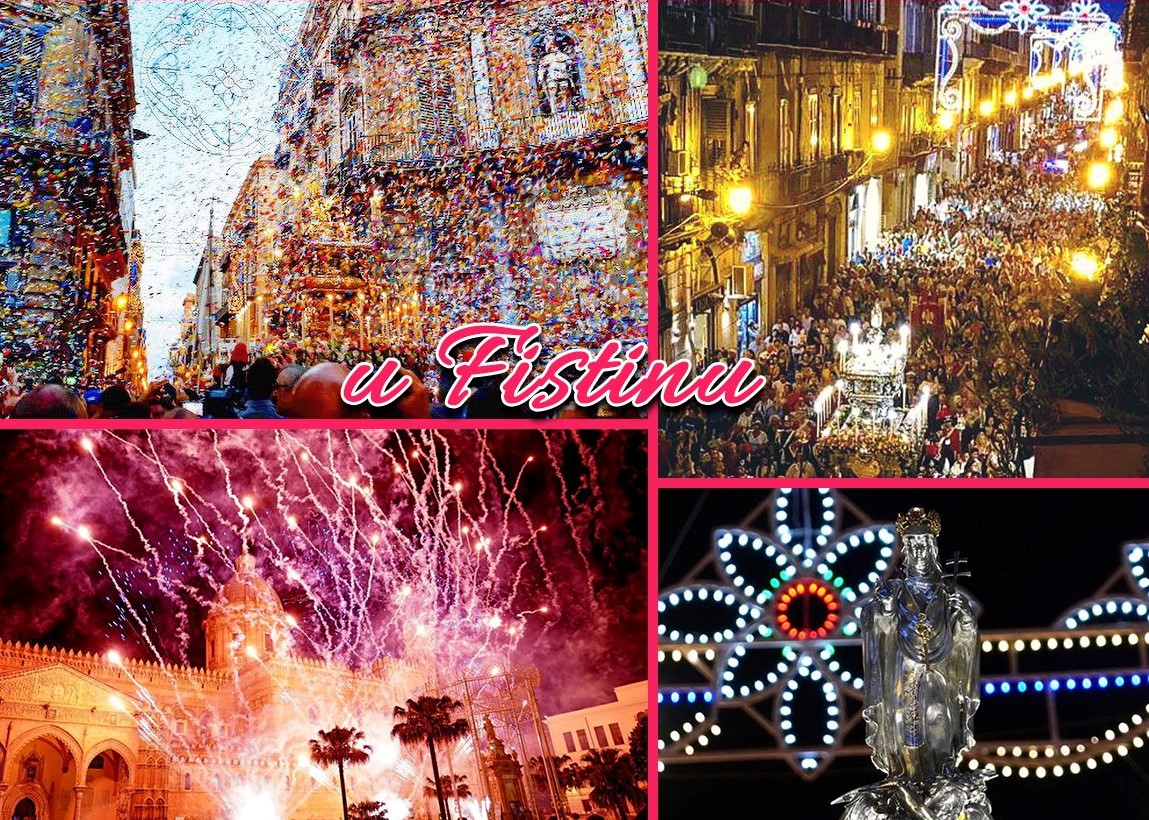
 Giuliana Poli
Giuliana Poli
Italian traditions: Santa Rosalia's U Fistinu in Palermo
- WTI Magazine #141 Jul 17, 2021
-

 Giuliana Poli
Giuliana Poli
There are two feasts dedicated to Santa Rosalia in Palermo. The whole month of September is a feast on the Sanctuary that represents the sacred mountain of the city, that is Montepellegrino. Many legends are told about this mountain, one of these is that of the dragon that terrorized the city. No one was able to defeat the monster, not even a giant. Pellegrino succeeded and made a thaumaturgic circle around the dragon, making the earth fall inside the magic circle together with the animal. In the tradition, the mountain represents the center where heaven and earth meet, the abode of the gods and the end of the human ascension.
All peoples, all countries and most cities have their sacred mountain. Palermo has this promontory where the people of Palermo on the night of September 3rd and 4th "acchianano" (stop), climbing on foot and walking along an ancient path of about 2,5 miles that goes from a height of 42 to 500 yards, up to the Sanctuary. On this mountain dwells the virgin Sibyl, her protector who in some way represents the mystical Rose, the sacred Spirit of the city. The rose is a symbol of the heart and of love and above all a symbol of regeneration.
By virtue of this symbolism of rebirth, roses have been laid on graves since ancient times. The ancients called this ceremony “rosalia”, after the name of the saint. Every year in May they offered roses to the spirit of the deceased. Ekate, the goddess of the underworld was often represented with a garland of roses on her head like the saint from Palermo and this marks the beginning of a new cycle. September in the cycle of the seasons is the month that has exactly this meaning.
From July 10th to the 15th of every year, in Palermo there is a procession called U fistinu (in Sicilian the feast) of Santa Rosalia to remember the miraculous procession of June 9th 1625 that, according to the legend, cured everyone from the plague. On July 14th a triumphal wagon parades, specially built year by year, with above the statue of Santa Rosalia. In the evening then, a great spectacle of fireworks. On July 15th there is the solemn religious procession of the relics of the Holy.
In Santa Rosalia and in her city festival the Palermitani find a reason and an occasion of collective identity well synthesized in the cry "Viva Palermo and Santa Rosalia".